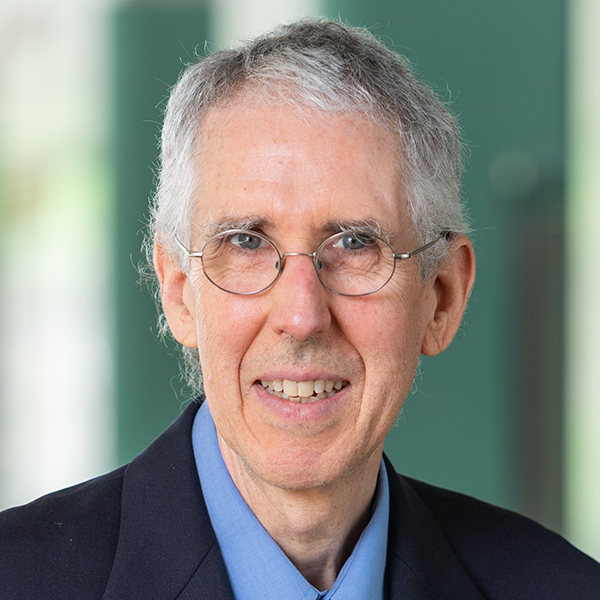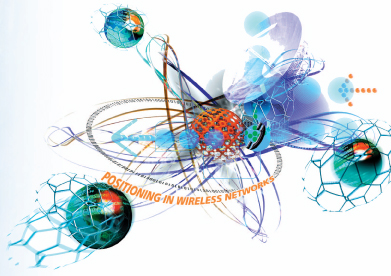Prof. Al Hero receives 2009 Signal Processing Magazine Best Paper Award
The paper addresses the importance of knowing where networks of sensors are located once they’ve been deployed.

 Enlarge
Enlarge
A 2005 research paper co-authored by Prof. Al Hero, R. Jamison and Betty Williams Professor of Engineering, Neal Patwari (PhD EE:Systems ’05), and colleagues, addressing the problem of localization in wireless sensor networks has been selected by the IEEE Signal Processing Society (SPS) to receive the prestigious 2009 IEEE Signal Processing Magazine Best Paper Award. Hero will receive the award during the 2010 IEEE International Conference on Acoustics, Speech and Signal Processing (ICASSP 2010), March 14-19, 2010 in Dallas, TX.
This award honors the authors of a paper deemed to be of exceptional merit and broad interest on a subject related to the Society’s technical scope, and appearing in the Society’s magazine.
The article, “Locating the nodes: cooperative localization in wireless sensor networks”1, addresses the importance of knowing where networks of sensors are located once they’ve been deployed. Advances in RF and MEMS IC design have made possible the use of large networks of wireless sensors for a variety of monitoring and control applications, such as building and bridge sensors; agriculture; equipment maintenance; traffic monitoring systems; and environmental monitoring of air, water, and soil.

 Enlarge
Enlarge
The use of sensor networks for these applications is only viable with low-cost sensors that can last for years or even decades without battery replacement, and with a network that can be organized without significant human moderation. Also critical is the need to know where the sensors are located.
This paper provided a window into cooperative localization using localization algorithms, which must be designed to achieve low bias and low variance, while at the same time be scalable to very large network sizes without dramatically increasing energy or computational requirements.
This work, begun while Patwari was a doctoral student at Michigan, was the basis for Neal’s recent work at the University of Utah, where he is an assistant professor in the Department of Electrical and Computer Engineering. Patwari and his students demonstrated a novel system for performing through-the-wall tomography with an ad-hoc network of cellphones serving as the probe. This work was featured in a recent issue of the MIT Technology Review.
Prof. Hero’s current research interests include inference in sensor networks, adaptive sensing, bioinformatics, inverse problems, and statistical signal and image processing. He holds joint appointments in the Department of Biomedical Engineering and the Department of Statistics, and during the summer holds an appointment as Digiteo Chaire d’Excellence at the Digiteo Research Park in Information Science and Technology, Paris, France. He is also affiliated with the U-M Program in Biomedical Science (PIBS) and the U-M Graduate Program in Applied and Interdisciplinary Mathematics (AIM).
Prof. Hero is a Fellow of IEEE, and Director of IEEE Division IX (2010-11); he previously served as President of the IEEE Signal Processing Society (2006-07). He has received an IEEE Signal Processing Society Meritorious Service Award, an IEEE Signal Processing Society Best Paper Award, and the IEEE Third Millenium Medal.
Prof. Hero has published more than 350 journal and conference papers, and graduated approx. 30 PhD students. He is the author of the book, Foundations and Application of Sensor Management.
1IEEE Signal Processing Magazine, Volume 22, Issue 4, July 2005, pp. 54-69, co-authored by Neal Patwari, Joshua N. Ash, Spyros Kyperountas, Alfred O. Hero, III, Randolph L. Moses, and Neiyer S. Correal.


 MENU
MENU